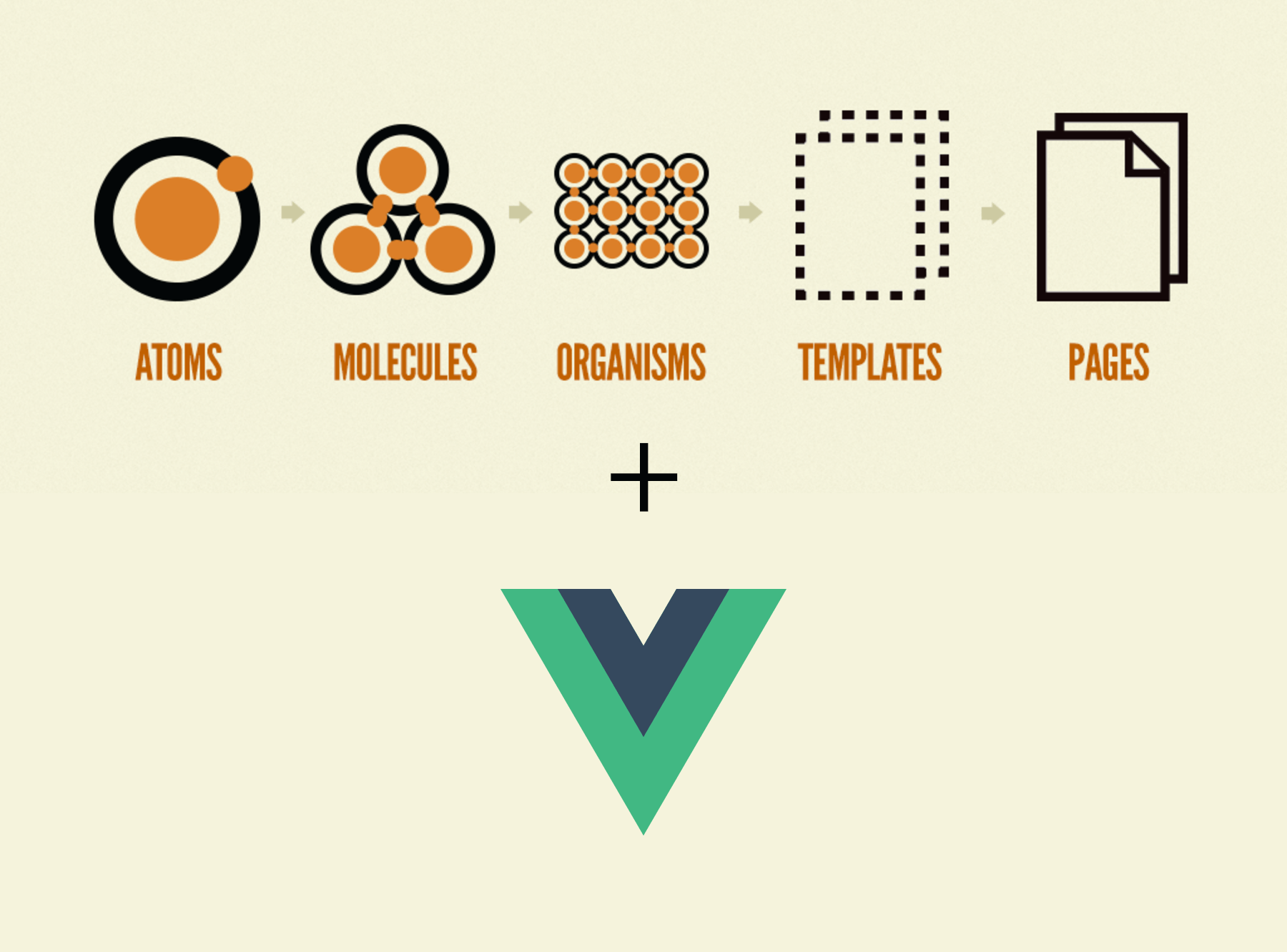├── LICENSE
├── README.md
├── generator
├── index.js
└── template
│ ├── config
│ └── storybook
│ │ ├── addons.js
│ │ ├── config.js
│ │ ├── style.scss
│ │ └── webpack.config.js
│ ├── private
│ └── jest
│ │ └── svgMock.js
│ └── src
│ ├── components
│ ├── atoms
│ │ └── _gitkeep
│ ├── molecules
│ │ └── _gitkeep
│ ├── organisms
│ │ └── _gitkeep
│ ├── pages
│ │ └── _gitkeep
│ └── templates
│ │ └── _gitkeep
│ ├── router.js
│ ├── store.js
│ └── storeModules
│ └── _gitkeep
├── index.js
├── package.json
├── prompts.js
└── vue-atomic-design.png
/LICENSE:
--------------------------------------------------------------------------------
1 | MIT License
2 |
3 | Copyright (c) 2018 Milad Alizadeh
4 |
5 | Permission is hereby granted, free of charge, to any person obtaining a copy
6 | of this software and associated documentation files (the "Software"), to deal
7 | in the Software without restriction, including without limitation the rights
8 | to use, copy, modify, merge, publish, distribute, sublicense, and/or sell
9 | copies of the Software, and to permit persons to whom the Software is
10 | furnished to do so, subject to the following conditions:
11 |
12 | The above copyright notice and this permission notice shall be included in all
13 | copies or substantial portions of the Software.
14 |
15 | THE SOFTWARE IS PROVIDED "AS IS", WITHOUT WARRANTY OF ANY KIND, EXPRESS OR
16 | IMPLIED, INCLUDING BUT NOT LIMITED TO THE WARRANTIES OF MERCHANTABILITY,
17 | FITNESS FOR A PARTICULAR PURPOSE AND NONINFRINGEMENT. IN NO EVENT SHALL THE
18 | AUTHORS OR COPYRIGHT HOLDERS BE LIABLE FOR ANY CLAIM, DAMAGES OR OTHER
19 | LIABILITY, WHETHER IN AN ACTION OF CONTRACT, TORT OR OTHERWISE, ARISING FROM,
20 | OUT OF OR IN CONNECTION WITH THE SOFTWARE OR THE USE OR OTHER DEALINGS IN THE
21 | SOFTWARE.
22 |
--------------------------------------------------------------------------------
/README.md:
--------------------------------------------------------------------------------
1 | # Vue Atomic Design
2 |
3 | 
4 |
5 | Vue Atomic Design is an opinionated Vue CLI 3 plugin for using [Atomic Design](http://bradfrost.com/blog/post/atomic-web-design/) methodology with Vue.js.
6 |
7 | Related projects:
8 |
9 | * [Vue Atomic Design Components](https://github.com/milad-alizadeh/vue-cli-plugin-atomic-design-components) - A library of Vue components based on Atomic Design
10 |
11 | * [Vue SCSS Base](https://github.com/milad-alizadeh/vue-cli-plugin-scss-base) - A starter SCSS base for Vue projects
12 |
13 | ## How to install
14 |
15 | You first need to install Vue Cli 3
16 |
17 | ```
18 | npm install -g @vue/cli
19 | # OR
20 | yarn global add @vue/cli
21 | ```
22 |
23 | Then you can add the plugin by typing the following command
24 |
25 | ```
26 | vue add atomic-design
27 | ```
28 |
29 | ## Storybook
30 | Vue Atomic Design uses [Storybook](https://storybook.js.org/) as its design system tool. Originally created for React, Storybook is a tool for creating UI Components in isolation. The advantage of using Storybook is that we can create our style guide and our project at the very same time without maintaining both which is great for both small and large scale applications.
31 | Once you install the plugin the storybook will be configured and you can use it by running:
32 |
33 | ```yarn run serve:storybook```
34 |
35 | or to generate a static style guide:
36 |
37 | ```yarn run build:storybook```
38 |
39 |
40 | ## Structure
41 | Atomic design has a very clean approach in grouping components through composition which is a a great combination with Vue.js
42 |
43 | The summary of Atomic Design structure is as Follows.
44 |
45 | ### Atoms
46 | An atom is a native html tag. A Vue components that renders only one tag such as `div`, `p` or any other.
47 |
48 | ```
49 | // atoms/VButton.vue
50 |
51 |
52 |
55 |
56 |
57 | ```
58 | or
59 |
60 | ```
61 | // atoms/VInput.vue
62 |
63 |
64 |
78 |
79 | Search
80 |
81 |
82 | ```
83 |
84 | ### Organisms
85 |
86 | An organism is a combination of atoms, molecules and other organisms
87 |
88 | ```
89 | // organsims/Header.vue
90 |
91 |
92 |
93 |
94 |
95 |
96 |
97 |
98 | ```
99 |
100 | ### Templates
101 | A combination of organisms, molecules and atoms to form a complete page. Templates only have dummy placeholder content.
102 |
103 | ```
104 | // templates/VPageTemplate.vue
105 |
106 |
107 |